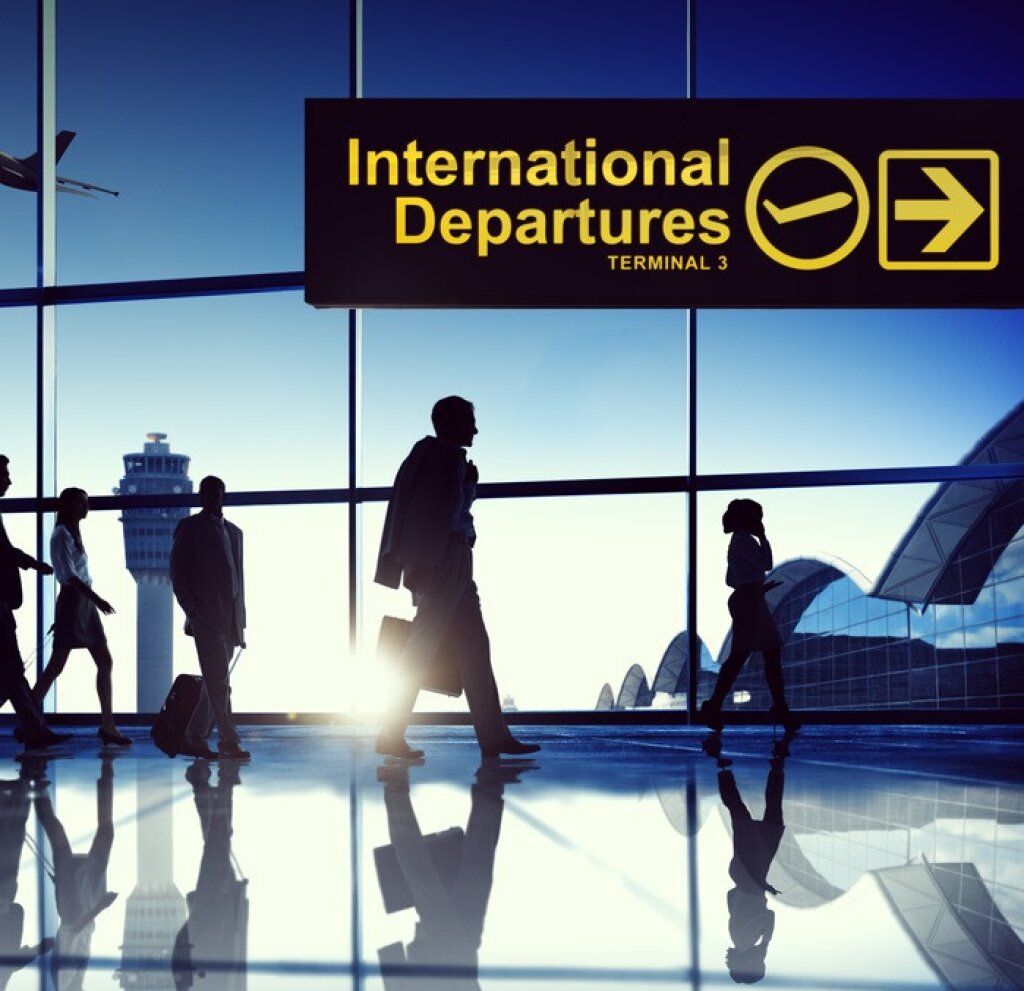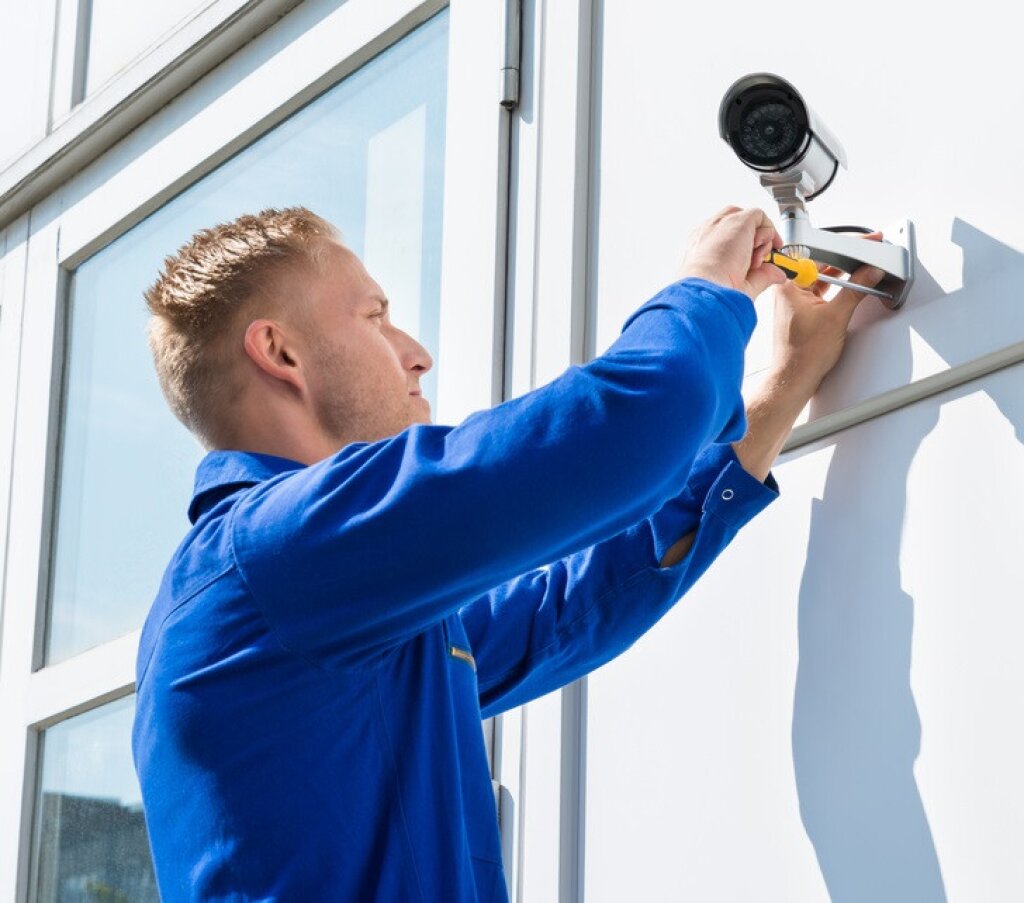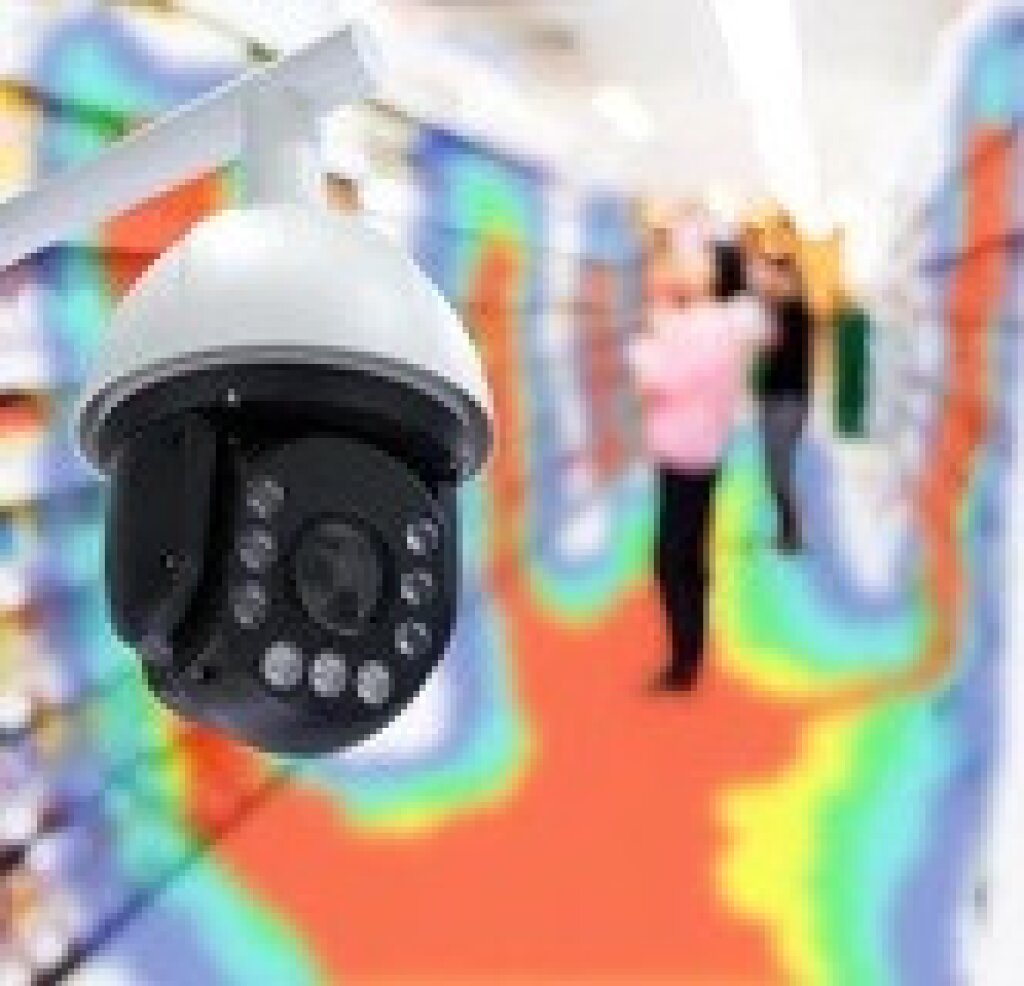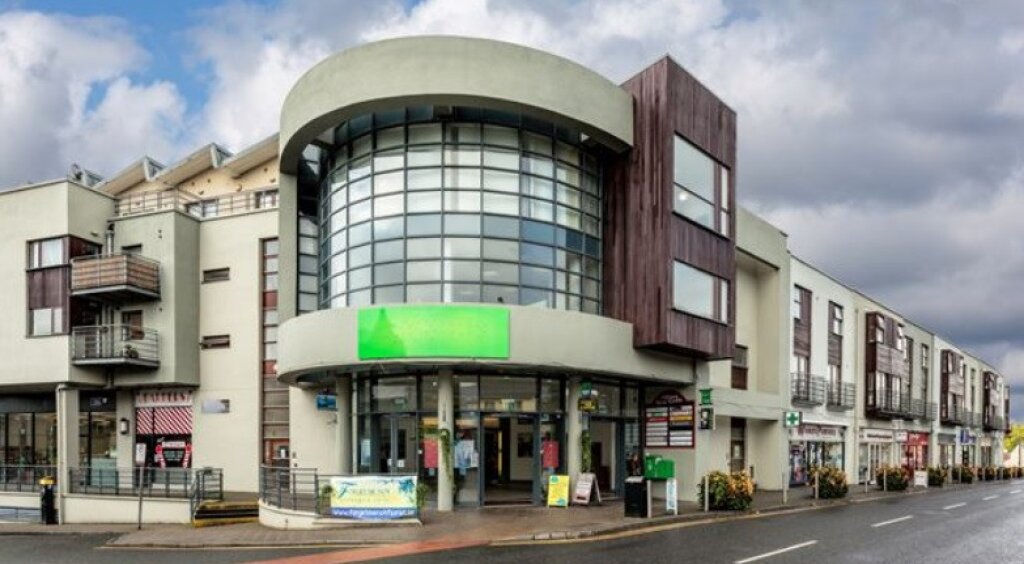Airport CCTV Analytics and Video Data Compliance
In this article, we explore how CCTV video analytics enhance airport operations, security and passenger experience, and the implications of video use for regulatory compliance.
Airport Security Introduction
Managing footfall, traffic flow and security in airports is a delicate balancing act that requires careful planning, constant vigilance and a deep understanding of how people move through a space. Airports are among the busiest environments in the world, with thousands of passengers, staff and visitors passing through every day. Ensuring their safety and security, and compliant operations, while keeping everything running smoothly is no small task.
From the moment a traveller steps into the terminal, the experience is shaped by how well the airport is managed. Check-in areas must be designed to prevent overcrowding while still processing passengers quickly and efficiently. Security checkpoints need to be thorough yet seamless, ensuring that safety isn’t compromised by long wait times or confusion. Then, once airside, it’s all about making sure people can navigate departure lounges, duty-free shops and boarding gates without security risks, unnecessary congestion or stress.

Airport Ergonomics and Security: Balance
The key lies in intelligent planning, technology and real-time monitoring. Smart queue management, clear signage and trained personnel all play a role in security and keeping things moving. Surveillance systems and security teams work behind the scenes, ensuring that any potential risks are identified and handled discreetly. Meanwhile, digital innovations such as biometric scanners and automated check-ins help speed up the process while maintaining a high level of security.
Passenger Experience and Airport Vigilance
At the heart of it all is the passenger experience. A well-managed airport isn’t just about efficiency; it’s about creating an environment where people feel safe, comfortable and confident in their journey. Whether it's optimising baggage handling, managing crowd flow at peak hours or responding to unexpected disruptions, a proactive and adaptable approach makes all the difference in keeping the airport running like clockwork.
CCTV: Airport Safety and Security
Airports are some of the busiest and most complex environments in the world, handling thousands of passengers, staff and pieces of luggage every day. Ensuring safety, efficiency and a seamless experience for travellers is a constant challenge, and this is where CCTV analytics is proving to be a game-changer.
With advanced video analytics, airports can enhance security, improve operational efficiency and create a better experience for passengers while ensuring compliance with strict regulations.
Prioritising Airport Security
Security remains the foremost concern at any airport, and CCTV analytics is an invaluable tool in detecting and preventing threats. Intelligent video surveillance can automatically flag suspicious behaviour, unauthorised access to restricted areas and abandoned luggage, enabling security teams to respond swiftly.
Facial recognition technology can identify individuals on watchlists, while behaviour analytics can detect erratic movements or loitering, both of which could indicate potential security threats.
Airport Baggage Tracking
Baggage tracking is another critical area where CCTV analytics is making an impact. Lost or misrouted luggage is a common frustration for passengers and a logistical nightmare for airport staff.
By integrating CCTV analytics with baggage handling systems, airports can monitor the movement of bags in real time, ensuring they reach the correct aircraft or reclaim area.
If a bag is misplaced, the system can trace its last known location, reducing delays and improving passenger satisfaction.
Protecting Airside and Landside Zones
The distinction between airside and landside areas is crucial in maintaining airport integrity. CCTV analytics helps enforce strict access control, ensuring that only authorised personnel enter restricted zones.
Airside/Landside management prevents unauthorised individuals from entering sensitive areas, reducing the risk of security breaches. Automated alerts can be triggered if someone crosses a predefined boundary, allowing security personnel to take immediate action.
Airport Queue Management
Queue management is another major concern, especially at check-in, security screening, immigration and boarding gates. Long queues lead to frustration and delays, but CCTV analytics can assess crowd density in real time and predict bottlenecks before they become a problem.
Queue data enables airport authorities to allocate staff efficiently, open additional checkpoints and direct passengers to less crowded areas, ensuring a smoother flow through the terminal.
Customer Retention: Airport Experience
Beyond security and logistics, CCTV analytics also contributes significantly to enhancing the customer experience. Modern airports strive to create a stress-free environment for travellers, and intelligent video monitoring helps in optimising retail spaces, improving signage placement and ensuring facilities such as seating areas and restrooms are adequately maintained.
By analysing passenger movement patterns, airports can identify areas of congestion and implement solutions to improve comfort and accessibility.
Managing Airport Theft
Theft control is another critical aspect where CCTV analytics plays a vital role. Whether it’s preventing baggage theft, shoplifting in duty-free stores or unauthorised removal of airport equipment, AI-powered surveillance systems can detect unusual activities and notify security personnel immediately.
By deterring criminal behaviour, airports can ensure a safer environment for passengers and staff alike.
Airport CCTV and Compliance Regulations
A crucial aspect of CCTV analytics in airports is compliance with data protection and privacy laws.
Video surveillance must adhere to strict regulations regarding data storage, access and usage. Airports must implement robust policies to ensure video footage is only used for its intended purpose and is stored securely to prevent unauthorised access. GDPR and other data protection laws require transparency in video monitoring, and airports must balance security with the rights of passengers and staff.
Airport CCTV and Analytics: Next Generation
As technology continues to evolve, the role of CCTV analytics in airports will only become more sophisticated. From enhancing security to improving passenger flow and customer satisfaction, its applications are vast and invaluable.
By leveraging advanced surveillance tools, airports can operate more efficiently while providing a safer and more pleasant experience for all.
Airports and Video Evidence
How often are airports required to provide video footage as evidence or in response to a subject access request?
Airports are frequently called upon to provide video footage for various legal, security and regulatory purposes. However, the exact frequency depends on factors such as the size of the airport, its location and the level of security incidents. Here’s a breakdown of the common reasons airports release CCTV footage:
1. Law Enforcement and Security Investigations
Criminal Investigations
Police may request footage for incidents like theft, assault, drug smuggling, or terrorism-related activities.Border and Customs Investigations
Border control agencies often use CCTV to track suspicious movements or verify travel history.Airside Safety Incidents
If there is an accident involving personnel, equipment, or aircraft, video footage may be reviewed.Unruly Passengers
Airlines or security may request footage to investigate passenger misconduct.
2. Civil Litigation and Insurance Claims
Personal Injury Claims
Passengers, staff, or contractors may request footage as evidence for slip-and-fall or workplace injury claims.Property Damage
If luggage or vehicles are damaged, CCTV footage can help establish liability.Employment Disputes
Staff may request footage for disciplinary cases or disputes.
3. Subject Access Requests (SARs) Under Data Protection Laws
Under laws like GDPR (EU and UK) or FOIA (in some cases), individuals have the right to request CCTV footage of themselves.
Airports are legally required to respond to SARs within a specified timeframe (typically 30 days under GDPR).
Footage containing third parties must be redacted or withheld in compliance with privacy laws.
4. Internal Airport Investigations
Airports may use footage to review operational issues, lost baggage incidents, or breaches of security protocols.
How Often Do Airports Receive Video Requests?
Large international airports handle multiple requests daily to weekly, especially from law enforcement.
Medium to small airports may receive such requests monthly or less frequently.
Subject Access Requests (SARs) are less common but must be handled in line with data protection laws.
Use Case: Enhancing Video Analytics and Redaction at a Major Airport
As one of the busiest travel hubs in the UK, an airport required advanced video analytics and redaction software to improve security, operational efficiency and compliance with data protection laws.
Security and Incident Response
With millions of passengers passing through the airport annually, video analytics enhances real-time threat detection, identifying unattended baggage, suspicious behaviour and potential perimeter breaches. Automated alerts support rapid response by security teams, reducing risks to passengers and staff.
Operational Efficiency
Advanced analytics monitor passenger flow at security checkpoints, immigration and baggage claim areas. By analysing congestion patterns, the airports optimises staffing and streamlines passenger experiences, reducing wait times and improving efficiency.
Compliance and Privacy
Owing to frequent law enforcement enquiries and subject access requests under GDPR, airports must provide video footage while safeguarding individual privacy. Redaction software now ensures airport compliance by automatically blurring faces or personal data, preventing unauthorised disclosure while meeting legal obligations.
Conclusion: Airport Operations Optimised
Implementing video analytics and redaction software enhanced security, operational effectiveness and regulatory compliance at this major airport, to create a safer and more efficient travel environment.
Why do Airports Need Video Redaction Software
Airports require video redaction software to comply with privacy laws like GDPR and CCPA, ensuring passengers’ and employees’ identities are protected.
Video redaction helps law enforcement by securely sharing surveillance footage while anonymising bystanders.
Redaction is essential for FOIA requests, media releases and legal cases, to prevent unauthorised exposure of sensitive information.
Video redaction also safeguards airport security protocols, trade secrets and proprietary operations. Automated redaction enhances efficiency, which saves time compared to manual editing. By blurring faces, licence plates and confidential areas, video redaction software ensures compliance, security and privacy, making it a crucial tool for modern airport operations.
Why do Airports Need CCTV Video Analytics?
Airports need CCTV video analytics to enhance security, safety and operational efficiency.
AI-powered analytics can detect suspicious behaviour, unattended baggage and perimeter breaches in real time, which helps security teams respond quickly.
Video analytics improve airport crowd management by monitoring passenger flow, reducing wait times and optimising staffing.
Analytics also aids in baggage tracking, identifying lost items and preventing theft.
For law enforcement, airport video analytics provides facial recognition and movement tracking to identify threats.
Additionally, video analytics helps airports comply with safety regulations by detecting hazards like spills or congestion.
Overall, CCTV analytics enhances security, efficiency and passenger experience in busy airport environments.
We would be delighted to discuss how Facit deploys video analytics in airports to help enhance operations, security and compliance. Please get in touch to find out more about security monitoring, queue management, baggage handling and video redaction compliance solutions.



